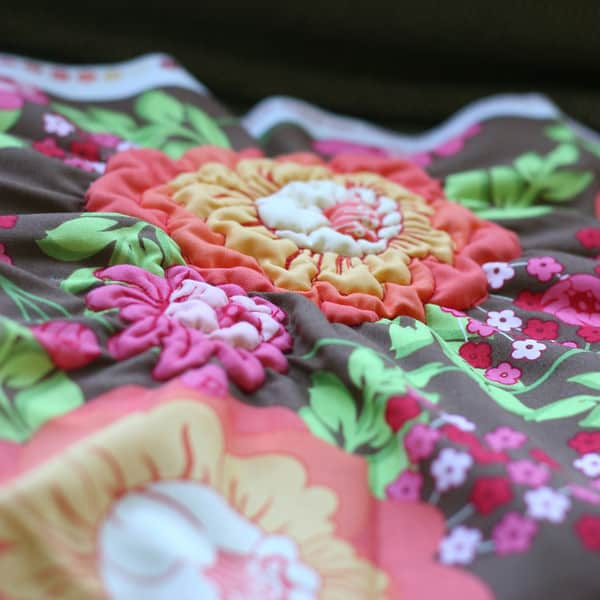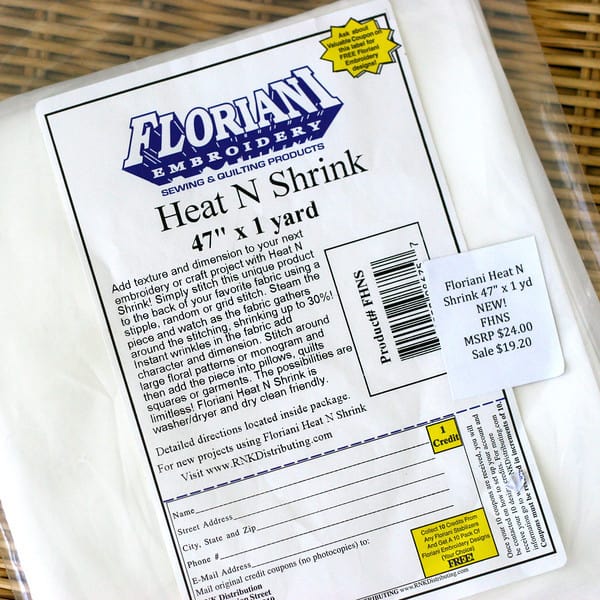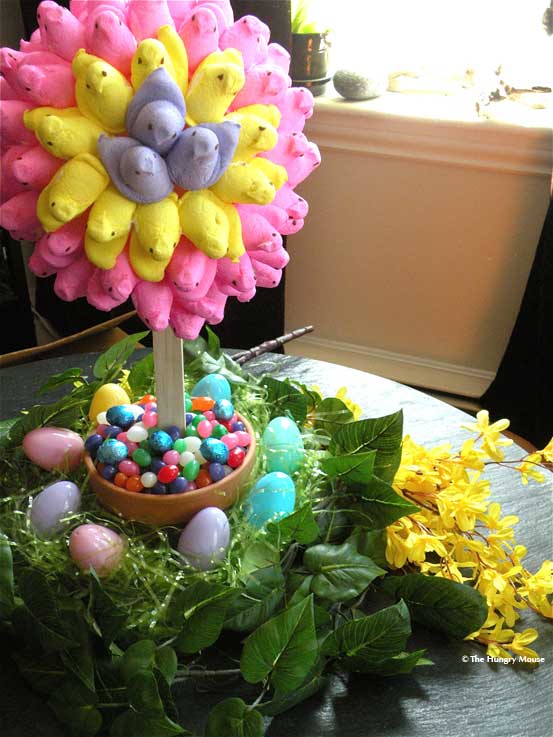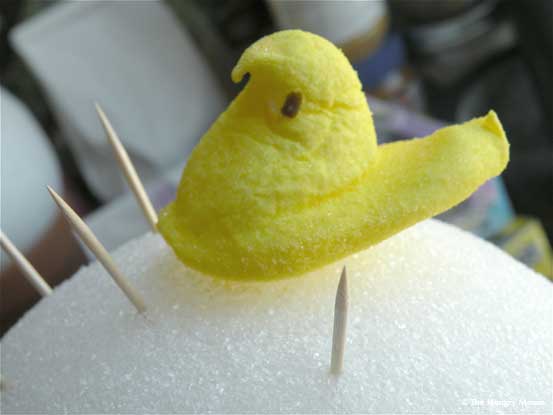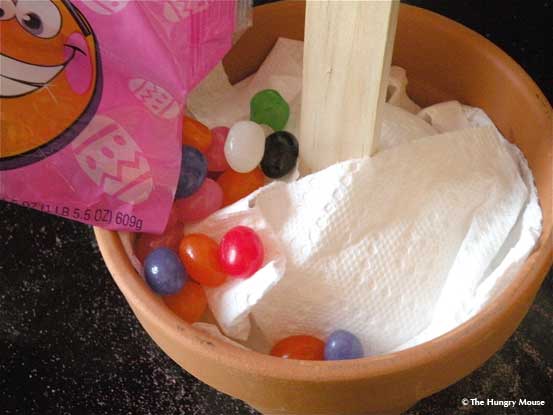I love the endless possibilities! You can use it for a kitchen floor mat, a dog bowl mat (Oh, are they messy when drinking water!), an entrance mat that will welcome your friends (can't you just hear them say "Where did you get that beautiful mat?" ), a bathroom mat to match your curtains or towels, or even a runner that just takes your breath away? This is it!! You will even use the secret of DIY'ers everywhere - duct tape! Hooray!! I am so excited to try this!
Step 1: Gather your materials.
Fabric: the amount depends on the size of your mat. I used about 3/4 yard for my kitchen mat, and 1 1/2 yards for my entryway mat).Rubber Mat Runner: I've seen similar floor mats made with vinyl flooring remnants (check out Diane's floor mat from In My Own Style!), but I wanted something sturdy with traction and this fit the bill! Found at Home Depot in the flooring section.
Spray Adhesive
Water-based Polyurethane
Scissors
Duct Tape
Step 2: Using your scissors, cut your rubber mat to size.
I wanted an octagonal shape for my kitchen so I measured the angles and then cut accordingly.
3. Measure and cut your fabric to size. Leave approximately 2-3 inches all the way around your rubber mat, because you'll be wrapping the fabric around it later. Don't forget to iron your fabric before moving to the next step! I used two different fabrics for two different mats. I had extra fabric from the pendant light I made for my kitchen. It's called Waverly Solar Flair in Lime & Indigo, and it's fabulous. I can't remember the name of the other fabric- sorry! But I love.them.to.pieces. (I realize that loving fabric that much is weird, but I'm OK with that)
4. Determine your fabric placement. Then fold the fabric back about halfway and spray the rubber mat with spray adhesive. Fold the fabric back down, smoothing out the bubbles and wrinkles as you go. Lift the other side of fabric up and repeat that method. The fabric should stick well to the rubber mat.
1. Grab the corner and fold up towards the center of the mat.
2. Fold one side up flush against the edge of the rubber mat to create a straight line.
3. Fold the opposite side up in the same way until both sides meet in the middle.
And the one for my kitchen:
Because this mat already has traction, it doesn't slide around really at all. However, if you wanted extra stay-put-ability, just run a line of caulk around the edges where the fabric is, and it will better grip the floor.



























